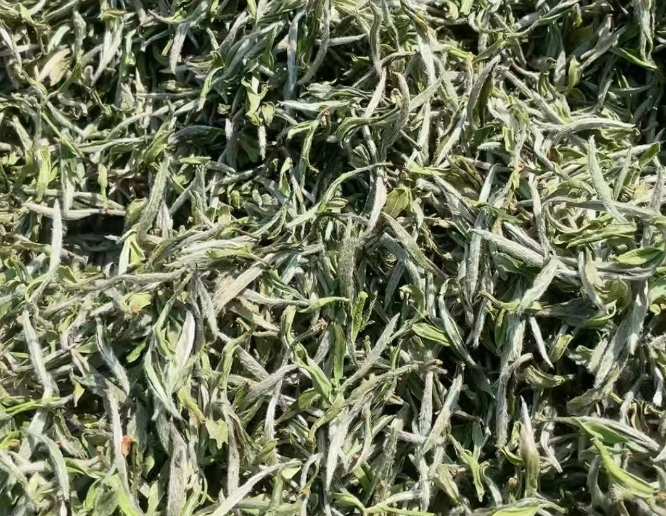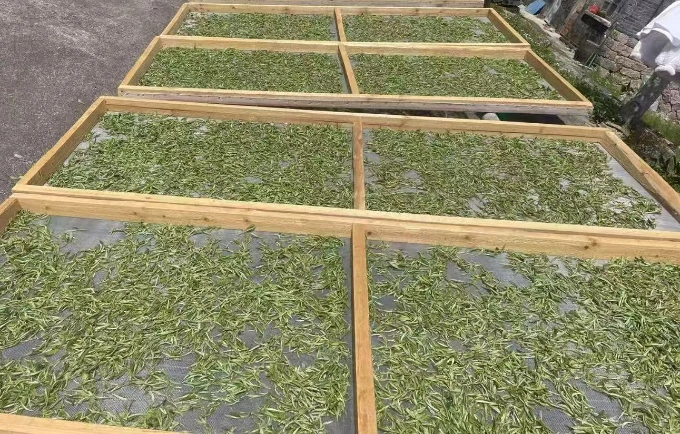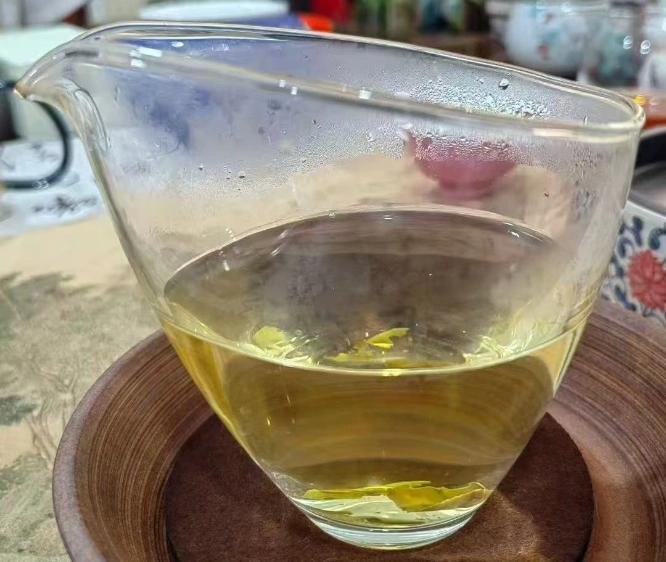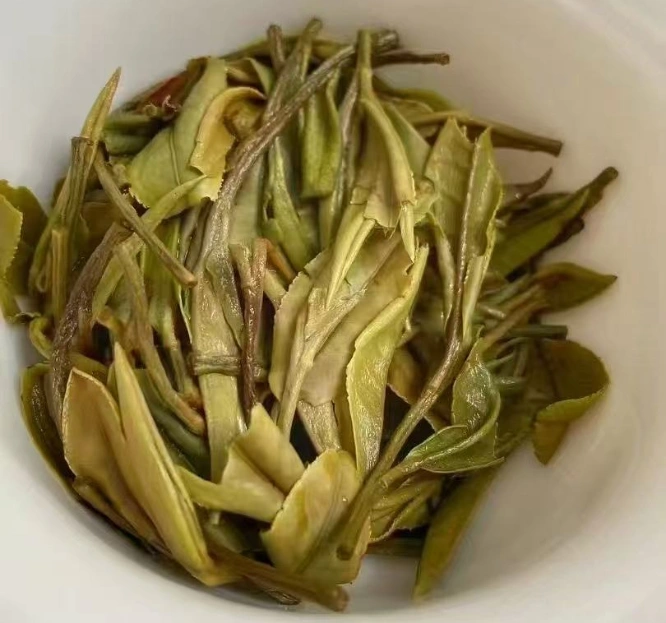white tea is the epitome of understated elegance—an invitation to slow down, savor simplicity, and indulge your senses. From the mist-shrouded gardens of Fujian to your teacup, this gentle infusion glides across your palate with whispers of honeysuckle and silken waves of sweetness.
In this article, we’ll immerse you in the world of white tea—exploring its heritage, iconic varieties, artisanal processing, and transformative health benefits. Prepare to awaken your senses and elevate your daily ritual with each delicate sip.

What Is White Tea?
White tea is defined by its minimal processing: freshly plucked buds and young leaves are withered and dried, without rolling or heavy oxidation. This preserves fragile catechins, amino acids, and aromatic oils, resulting in a pale-gold liquor that balances sweetness, floral perfume, and a soft vegetal note. Unlike green or oolong teas, white tea undergoes under 5% oxidation, making it the least processed of all true teas (Wikipedia – White tea). Its gentle crafting locks in high levels of polyphenols, granting white tea health benefits that range from antioxidant protection to mental calm.
Key White Tea Varieties
China’s finest white teas each carry unique character—here are the stars:
Silver Needle white tea (Baihao Yinzhen)
- Composed solely of downy buds, Silver Needle is the pinnacle of purity. Its liquor is almost colorless, with a creamy mouthfeel and notes of freshly cut grass and melon.
White Peony white tea (Bai Mudan)
- Combines one bud with two to three leaves, delivering a richer body and honeyed sweetness. White Peony strikes a balance between Silver Needle’s delicacy and Shou Mei’s robustness.
Shou Mei white tea
- Harvested later in the season, Shou Mei features larger leaves and deeper infusion color. Its flavor profile leans toward ripe fruit and chestnut, offering a warming, satisfying sip (Shou Mei – Wikipedia).
Gong Mei white tea
- A variant of Shou Mei, Gong Mei (“Tribute Eyebrow”) presents similar full-leaf character with a slightly sweeter finish, making it ideal for afternoon enjoyment.
These classic types demonstrate white tea’s versatility—each brew unfolds a unique story of terroir, harvest timing, and leaf composition.

Traditional Processing & Loose Leaf Form
Withering & Drying
Immediately after harvest, leaves are laid in thin layers to wither under gentle airflow. This stage concentrates natural sugars and softens cell walls. Controlled drying—either sun-shade withering or low-heat oven drying—removes residual moisture without triggering oxidation.
Minimal Oxidation
True white tea halts oxidation below 5%. This light touch protects delicate polyphenols, preserving both aroma and healthful compounds that contribute to white tea health benefits.
Loose Leaf White Tea
High-quality white tea appears as fluffy, wiry leaves densely covered in silvery down. Store in airtight, opaque containers away from heat and moisture to maintain freshness and aromatic potency.
Flavor Profile & Brewing Guide
Tasting Journey
A properly brewed white tea offers:
- First Infusion: Gentle sweetness—think honeydew melon—balanced by a cool, vegetal undercurrent.
- Mid Steeps: Floral whispers emerge—jasmine or lily—and a creamy texture builds.
- Later Brews: Nutty or fruity echoes linger, rewarding patience and multiple infusions.
Brewing Recommendations
- Water Temperature: 75–85 °C (167–185 °F)
- Tea-to-Water Ratio: 3 g per 120 ml
- Steep Time: 2–4 minutes initial; add 30 seconds per subsequent infusion
- Multiple Infusions: 4–6 steeps reveal evolving complexity
By respecting these parameters, you coax out white tea’s full spectrum—from soft sweetness to layered florals—without bitterness.

🔗 To learn more about how to make tea, check out Tanbiwencha’s YouTube video explaining how to make tea.
Health Benefits of White Tea
White tea health benefits have captivated researchers and enthusiasts alike:
- Powerful Antioxidants: Abundant catechins and polyphenols combat free radicals, supporting skin health and cellular integrity.
- Gentle Detox: Mild diuretic effects aid toxin elimination and maintain fluid balance.
- L-Theanine Calm: This amino acid promotes focused relaxation, creating a mindful, stress-relieving ritual.
Emerging studies also suggest white tea may help regulate blood sugar and bolster immune function—underscoring its role as both a sensual delight and a wellness ally.
Buying & Storage Recommendations
Selecting Quality White Tea
- Leaf Appearance: Look for uniform silver fuzz and intact leaf structure.
- Aroma: A fresh, hay-like scent signals recent production.
- Source Reputation: Choose reputable vendors specializing in loose leaf white tea; avoid bagged options that often use fannings rather than whole buds.
Storage Tips
Keep in an airtight tin in a cool, dark place. Avoid refrigerators or areas with strong odors, as white tea’s delicate leaves can readily absorb unwanted scents and moisture.

FAQs About White Tea
Q: How many times can I re-steep white tea?
A: Expect 4–6 rewarding infusions when following proper steeping increments.
Q: How do I distinguish Silver Needle from White Peony?
A: Silver Needle is comprised solely of buds—silky and pale—whereas White Peony includes leaves, yielding a richer, honeyed brew.
Q: What’s the optimal storage environment?
A: An opaque, airtight container at room temperature, away from light, moisture, and strong scents, preserves freshness for months.
Conclusion & Call to Action
From the misty heights of Fujian to your teacup, white tea embodies purity, grace, and wellness in every sip. Whether you’re drawn to the silken whispers of Silver Needle or the honeyed warmth of White Peony, this ancient brew offers a daily sanctuary for mind and body. Ready to elevate your tea ritual? Seek out premium loose leaf white tea, perfect your brewing technique, and share your newfound serenity—one exquisite cup at a time.



